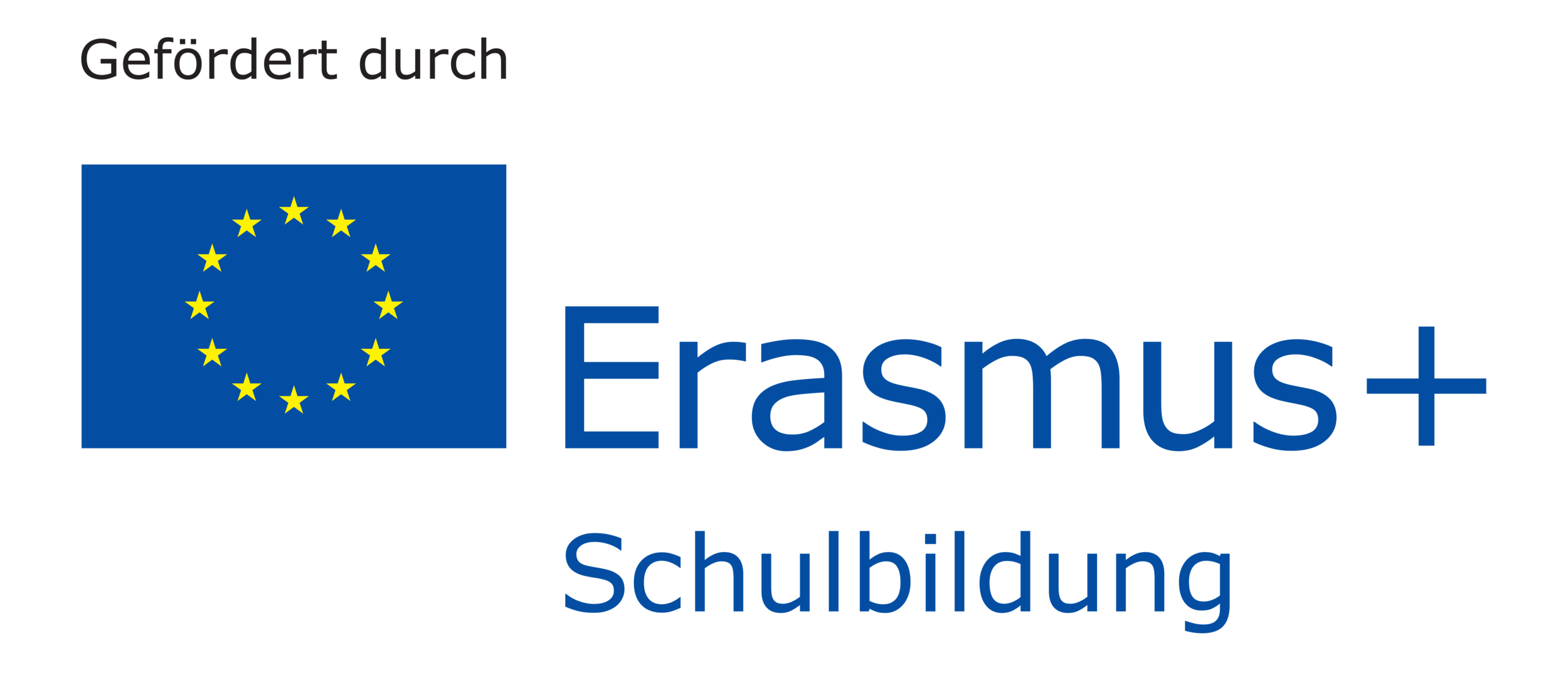Persona Doll
INTERCULTURAL EXPERIENCES AND HOW THEY CAN LEAD TO PARENT-EDUCATOR PARTNERSHIP CHALLENGES
A persona doll is a doll or puppet with human characteristics and chosen by the educators to fulfil a need of some kind within the group. In this case a doll representing any culture although one not represented by the group may be best, as the doll will then be in a similar situation as the children.
The doll needs:
· A persona meaning: a name, cultural identity and language, family dynamics,
· You can add a case/bag to hold personal items this can include a passport, comfort toy etc.
· The doll should have a personality, likes, dislikes, favourite food, pets etc.
This should be written down to keep the story consistent every time he/she visits the groups, don't forget to write new information down (the children will remember her new puppy's name even if you don't).
The doll will `visit´ the group , maybe in circle time to meet the children, talk about themselves, how they feel about visiting a strange group of children, not understanding English very well and missing mom and dad. The children should identify and relate to the doll and will hopefully share their worries and fears as well, some of which may be quite enlightening for the educators to hear.
A persona doll is a doll or puppet with human characteristics and chosen by the educators to fulfil a need of some kind within the group. In this case a doll representing any culture although one not represented by the group may be best, as the doll will then be in a similar situation as the children.
The doll needs:
· A persona meaning: a name, cultural identity and language, family dynamics,
· You can add a case/bag to hold personal items this can include a passport, comfort toy etc.
· The doll should have a personality, likes, dislikes, favourite food, pets etc.
This should be written down to keep the story consistent every time he/she visits the groups, don't forget to write new information down (the children will remember her new puppy's name even if you don't).
The doll will `visit´ the group , maybe in circle time to meet the children, talk about themselves, how they feel about visiting a strange group of children, not understanding English very well and missing mom and dad. The children should identify and relate to the doll and will hopefully share their worries and fears as well, some of which may be quite enlightening for the educators to hear.
The educator can choose any issue they want only don't be too obvious about it we don't want to embarrass the children. The children respond well to the doll especially if he or she is a bit shy and wants to know all about them. Be careful to find out about the country the doll is from about food, weather, language etc. to not make mistakes.
“The doll can visit regularly and tackle issues ranging from; shyness, bullying, new baby in family, transitions etc.”
The doll should never be a toy in the group but the children can handle her/him with care and maybe she/he can sit in the book corner or in a quiet spot. Often children will choose to go and sit next to the doll and have a little chat on their own. After a short time, for example before lunch the doll can say goodbye and will see them all next time.
These will address almost any issue in the kindergarten, but linking one to cultural diversity is more challenging but very rewarding, they follow a simple structure:
· Choose the culture/s or multicultural theme you wish to represent
· Find books that match and expand your choice
· Choose a character possibly a character from one of the books, it can be animal or human
Fill the bag/box with an assortment of items geared to the subject matter it could be photos or pictures, items from nature, items from the countries like a fan from Spain (that are used all over the world). Items that encourage interest and discussion and can be handled safely and even used by the children.
· Games: there are some really good multicultural games out there these days with books to go with them
· Music: CDs traditional music can be used to dance, draw, paint to
· Traditional materials, outfits etc.
The sack can be little or so large it fits in a box, but it needs to be exciting for the children (and educator). It can also be an interactive display for the children to see and use for a few days in the environment.
The tips and tools above could be very helpful for Arno if he is struggling to understand this new environment. A persona doll could be a great way to help him discuss and understand his emotions in a new language and to gain more of a grasp of his social/emotional regulation. In a case like Arno’s, the educators should be sensitive, and know that his background comes with unknowns for them. It is important to be as communicative as possible and to find a way to get through to the parents. Continue to provide options of communication until one of them works for them. Be sensitive of their background and where they come from. Frustration won’t help Arno. He needs support from both sides and explaining what is being done for him in the classroom and gaining information from home is the best that the educators can do to help him feel more comfortable and get used to this new cultural experience.

